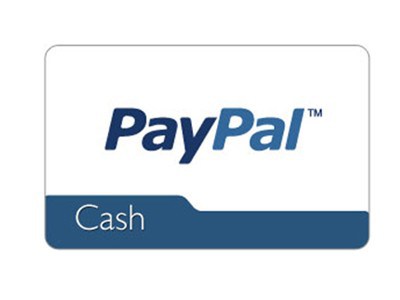How do you make the information Super Highway even more super? Judging from the latest moves from the FCC, we?ll all be finding out very soon. Two rulings have radically altered the broadband landscape. The one that captured all the headlines was the Net Neutrality ruling. Put simply, all Internet traffic must be treated equally. Carriers cannot slow down, or impose fees on content from competitors. This is especially important since the big carriers also own, or are purchasing content providers.
The news less reported was regarding the new broadband classification rules. Once figured at 4Mbps, broadband is now 25Mbps. When broadband was 4Mbps, Internet providers could ward off charges of anti-competitiveness by pointing out that pretty much everyone in America had broadband from most every provider. It is hard to be convicted of monopolistic practices without a monopoly.
However, now that broadband is a more reasonable 25Mbps, only 80% of the population even have access to it. And one provider in particular has a dangerously high percentage of that market. The upshot is that Internet providers are going to have to up their game, and speeds, if they want to be considered broadband providers. Further, that bandwidth cannot be subdivided into fast lanes and slow lanes. That clears the way for much better Internet experiences for all. Here are a few examples:
More Fiber in Your Internet Diet
It turns out that a high-fiber diet is also good for your digital digestion. Whether it be fiber to the home, curb, or node, it tends to beat copper for carrying large amounts of digital content very quickly.
As competition heats up, and prices go down, it won?t just be cities like Chicago that have great fiber offerings. You don?t have to be in the big city to find coverage in Illinois, or any other state, for that matter. And while fiber is better, there is still a lot more we can do with copper that for business reasons, many companies aren?t doing. We have a ways to go before we max out our current capacity.
When the truly high speeds are finally unleashed, that will open the doors to 4K content streaming to high-density screens like the 5K iMac. Right now, 4K content is a novelty. Pretty soon, it will be table stakes. The current bottleneck is not the production equipment, but the distribution underpinnings. True broadband, and a high dose of fiber will make it all go a lot more smoothly.
Doctors Without Borders
Like most people, you are probably under the impression that a doctor has to actually be present to perform major surgery. Not only do doctors not need to be in the same room, they don?t need to be on the same continent. All they need is a reliable, broadband connection sufficient to control the surgical robot from a remote location. That is truly borderless medicine. PBS reports:
Telesurgery provides people in remote regions with access to expert medical care. Though still experimental, the hope is that in time patients won’t need to travel great distances or live in cities with the best medical care in order to receive the best, most advanced treatment.
The best news of all is that the first such surgery took place in 2001. We?ve come a long ways since then.
Being There Without Actually Being There
Video chat applications like FaceTime really come to life when there is broadband on both ends. Our current tech allows us to dispense with unnecessary meetings that can be done just as well with a telepresence solution. That saves millions in airfare and lodging. It also allows a parent who is away on business or military duty, to visit their children from long distances.
But up and coming technologies like Microsoft?s HoloLens fuel higher ambitions. The HoloLens creator hopes to put humans on Mars, at least virtually, this year. Scientists will be able to control the rovers this Summer according to Microsoft?s timetable. With the right broadband connection, the sky is no longer the limit.
Right now, we have enough broadband to get a taste of the future. Soon we will be feasting from the broadband buffet.



